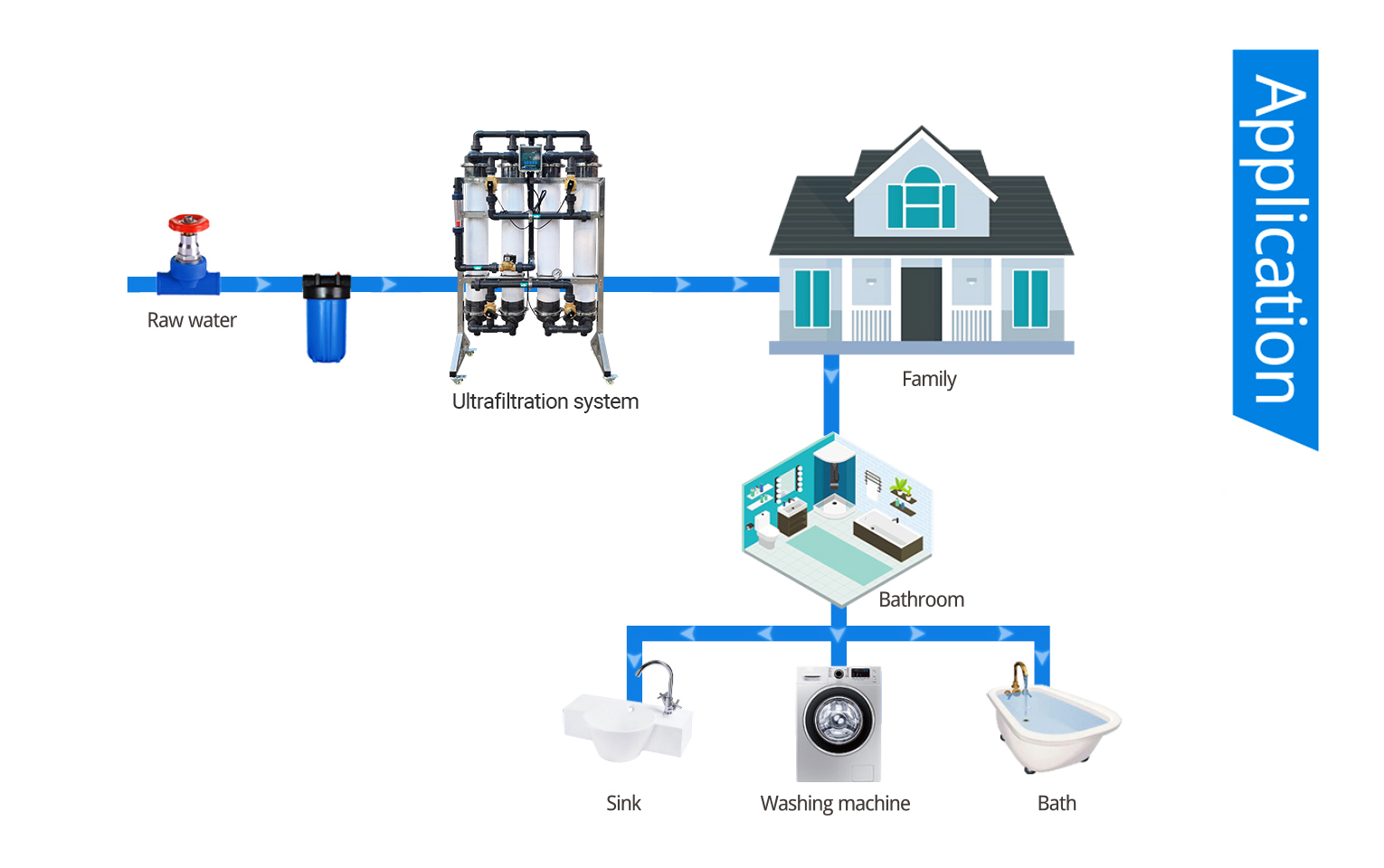In an era marked by environmental concerns and water scarcity, the significance of ultrafiltration water treatment systems as a reliable and efficient technology cannot be overstated. Despite their prominence, understanding the intricate working principles and the purifying prowess of these systems remains a challenge for many. Let’s delve into the covert operations of ultrafiltration water treatment, exploring how it meticulously purifies small particles and solids in water.
Introduction: Navigating Ultrafiltration Technology
As environmental pollution rises and water resources diminish, ultrafiltration technology emerges as a beacon of hope. Ultrafiltration water treatment systems leverage specialized membranes with pore sizes ranging from 0.1 to 0.01 microns, significantly smaller than particles visible to the naked eye. This design constitutes the linchpin for the system’s efficient purification capabilities.

Section 1: The Pore Size Paradigm
Ultrafiltration membranes act as gatekeepers, physically filtering contaminants from water. With their minute pore sizes, these membranes adeptly prevent the passage of small particles and solids. This physical filtration method stands in stark contrast to traditional methods, sidestepping the need for chemical additives and minimizing secondary pollution.
Section 2: Small Particle Interception Mastery
Waterborne small particles, encompassing suspended solids, bacteria, viruses, and sediment, pose threats to water quality. Ultrafiltration membranes efficiently intercept these particles, residing on the membrane’s surface and guaranteeing the effluent’s purity. This method not only ensures clean water but also alleviates concerns about chemical contamination.
Section 3: Robust Solid Isolation Mechanism
Solid particles in water, such as sediment and rust, can tarnish water transparency and induce wear on pipelines and equipment. The ultrafiltration system thoroughly isolates these solid particles through its membranes, delivering crystal-clear water. Beyond enhancing water quality, this process extends the life of industrial equipment and curtails maintenance costs.
Section 4: Versatility Across Water Sources
Unlike conventional methods, ultrafiltration systems shine in diverse water qualities, from seawater to river water and beyond. The system’s universal applicability stems from its efficient filtration, making it a stalwart player in industries, agriculture, and potable water sources. The technology’s adaptability ensures consistent, high-quality outcomes regardless of the water source.
Conclusion: Paving the Way for Global Water Purity
In conclusion, ultrafiltration water treatment systems, propelled by advanced technology, have triumphed over the challenge of purifying small particles and solids in water. This efficient and eco-friendly solution plays a pivotal role globally, providing communities with access to clean and safe water resources.
